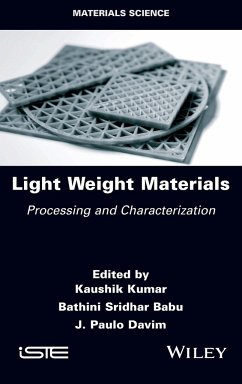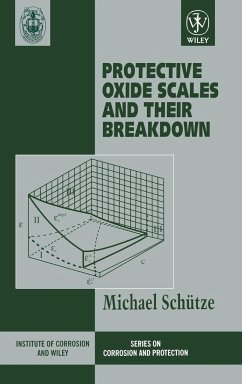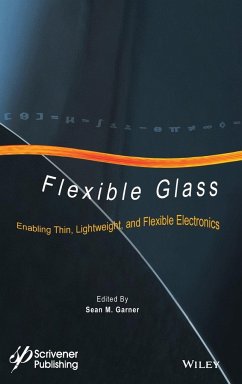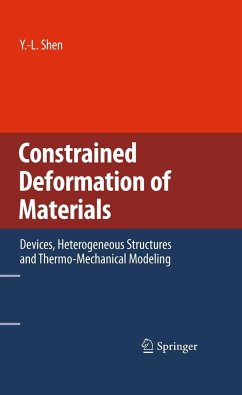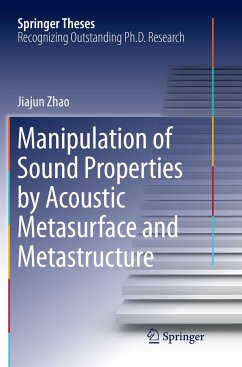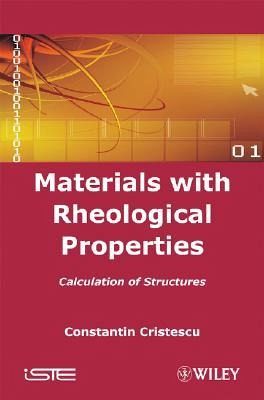
Materials with Rheological Properties
Calculation of Structures

PAYBACK Punkte
99 °P sammeln!
This book presents the evolution of the mathematical models used to calculate the resistance structures and the conditions which enable progress to be made in this field. The author presents equations describing the behavior of each possible type of resistance structure (with discrete collaboration, continuous collaboration and complex composition). These equations are then redefined in the particular concrete form for each type of structure, by using the notions and known parameters from the construction's statics. The mathematical models are then tested using practical case studies.





